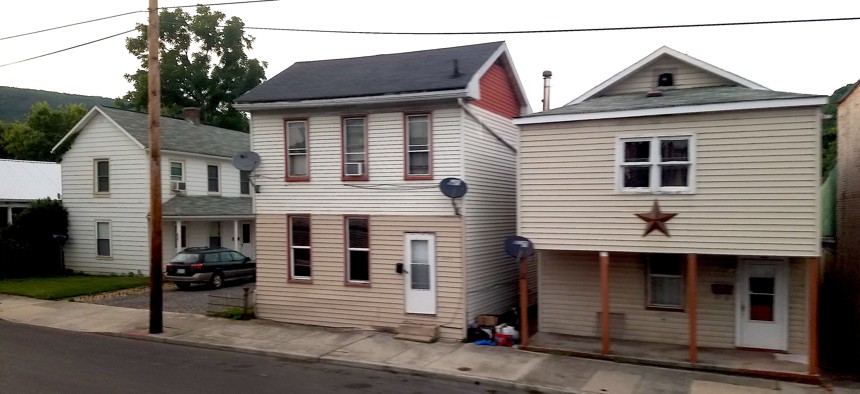New Estimates Show ‘Worst Case Housing Needs’ in the U.S.

Route FIfty Photo
A new U.S. Department of Housing and Urban Development report presents a stark picture of how more and more low-income Americans are struggling to pay high rental costs.
The number of poor households in the nation struggling to pay rent without aid from the government grew in recent years, according to new estimates from the U.S. Department of Housing and Urban Development.
HUD released the latest edition of its “Worst Case Housing Needs” report to Congress on Wednesday. The report defines people with “worst case needs” as renters with very low incomes, who do not receive government housing assistance, and who either put more than one-half of their earnings toward rent, live in severely inadequate conditions, or meet both of those criteria.
The report looks at data from 2015. During that year, the number of estimated renter households with worst case needs was 8.3 million, up from 7.7 million in 2013 and down slightly from a 10-year high of 8.5 million in 2011.

A shortage of affordable rental housing is a major factor contributing to this trend, according to the report. This at a time when there have been shifts in the U.S. away from homeownership toward renting, and a growing gap in rental assistance compared to renters’ needs.
“Most cases of worst case needs are caused by severe rent burdens—paying more than one-half of income for rent,” the report says. This was so for about 98 percent of renters in the worst case needs category. Another two percent were dealing only with severely inadequate housing, characterized as having major problems with basic amenities like plumbing, heat, or electricity.
“For a growing population of very low-income renters, the expanding supply of rental units in 2015 failed to translate into increased availability of affordable housing,” the report notes. “The stock of rental housing affordable to very low-income renters shrank between 2013 and 2015, and vacancy rates remained highest among the most expensive units.”
HUD for the first time this year included local worst case needs estimates for metropolitan regions. These figures cover the 15 largest metropolitan regions in the U.S. and a selection of 10 others that are a subset of the nation’s 16th to 50th largest metro areas.
Among the 15 largest regions, the area that includes Miami, Fort Lauderdale and West Palm Beach in Florida had the highest prevalence of very low income renters with worst case needs—about 61 percent, or 227,000 of 373,000 very low income renters in the area.
On the low end of the list of large metro areas was a region in Massachusetts that encompasses Boston, Cambridge and Newton. There an estimated 31 percent of very low income renters, or 93,000 of 300,000, had worst case needs.
The nationwide percentage of very low income renters with worst case needs was estimated to be about 43 percent in 2015.
Figures for all 15 of the largest metro areas in the HUD report are included in the list below.

A full copy of the HUD report can be found here.
Bill Lucia is a Senior Reporter for Government Executive’s Route Fifty and is based in Washington, D.C.
NEXT STORY: Tense Days in New Orleans as City's Pump Network Struggles to Keep Up






